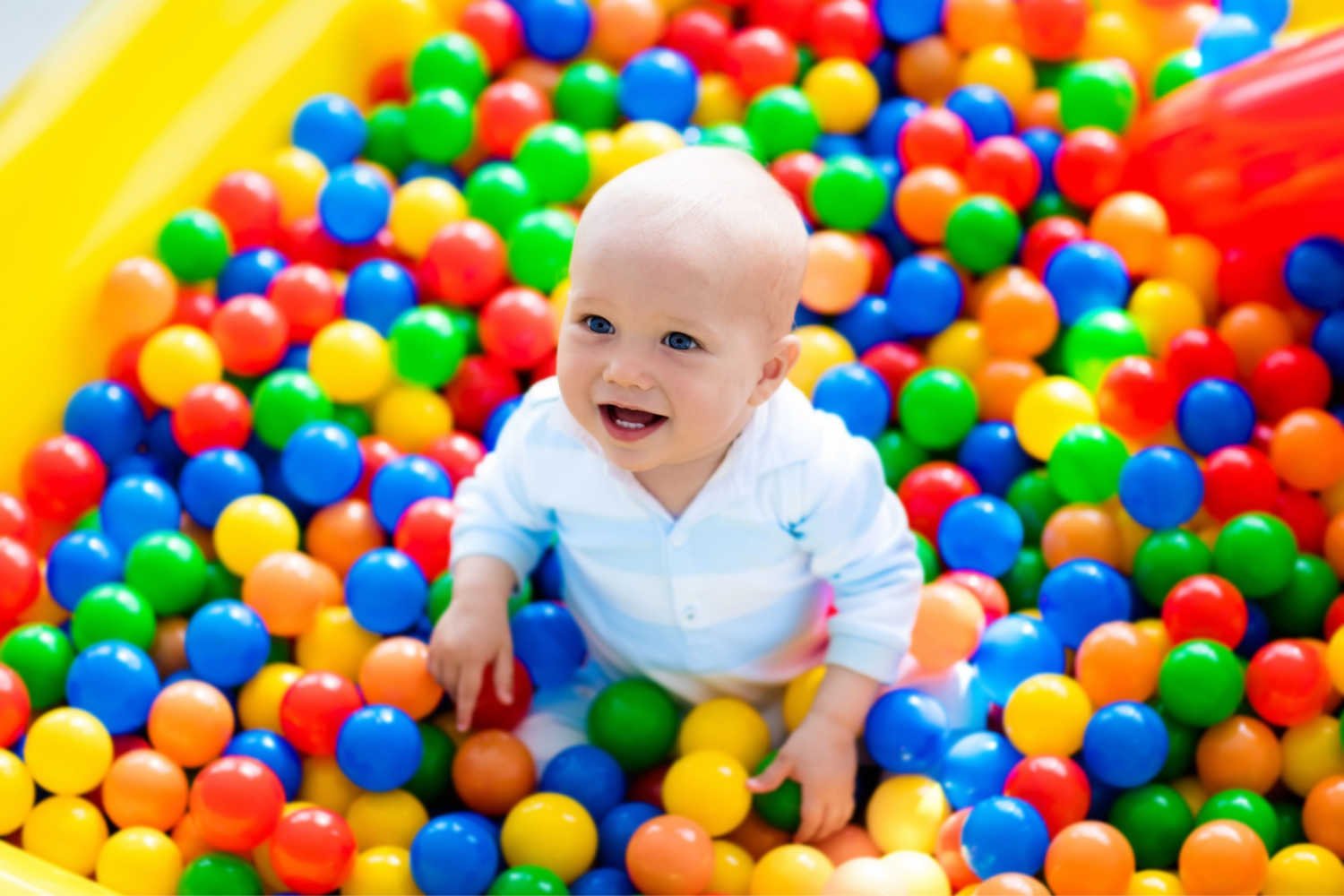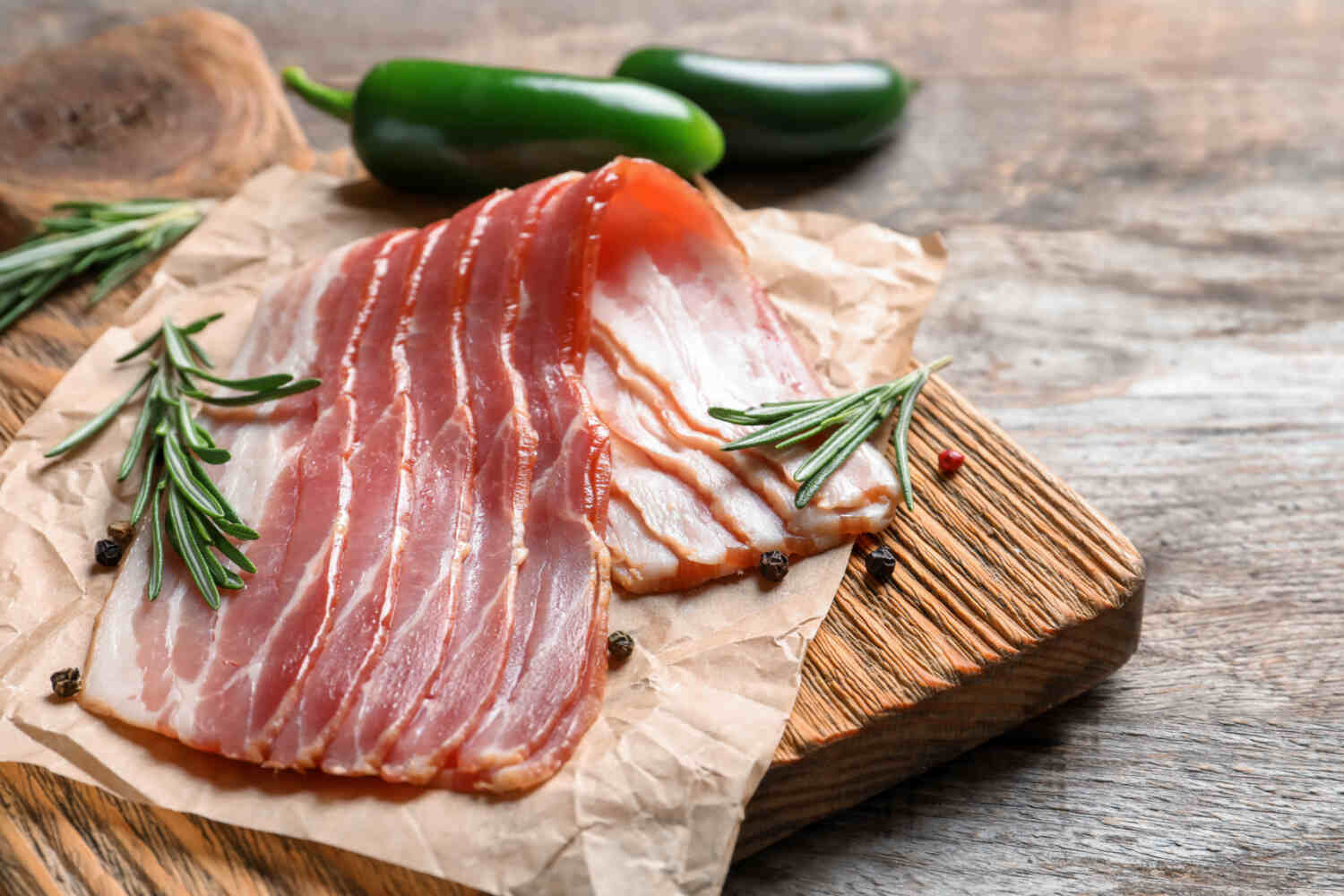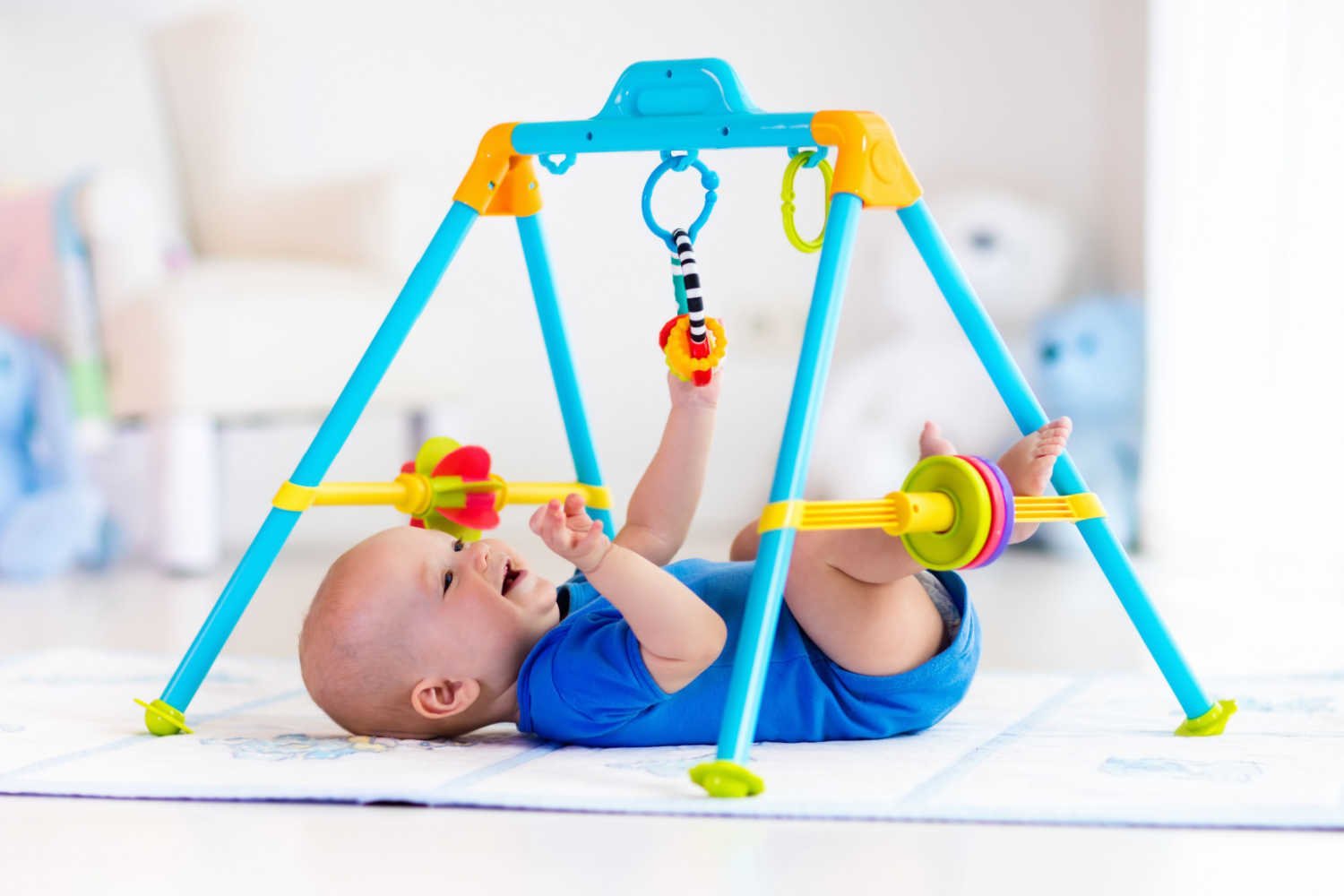
Yeast Infection In Nursing Moms
5 min readWritten by Editorial Team


Yeast infection in nursing moms can be very uncomfortable. This annoying fungal infection can bring about irritation almost everywhere in your body and sadly if you get it once, it is extremely hard to get rid of. These fungal spores establish themselves wherever there are areas of moisture.
Though the vaginal canal is most often affected by a yeast infection, now that you are nursing, the breast, nipple and areola provide a perfect breeding ground (as they always tend to remain damp) for these fungal spores. More often than not the infection is found to have progressed considerably even before it is diagnosed. The longer this infection spreads, the higher the chances of affecting both mother and child.
In This Article
- What Causes Yeast Infections In Nursing Mothers?
- When Do Breastfeeding Moms Have The Risk Of Yeast Infection?
- What Are The Symptoms Of Yeast Infection In Lactating Mothers?
- How To Treat Yeast Infection In Nursing Mothers?
- Precautions To Be Taken To Avoid Yeast Infection During Breastfeeding
What Causes Yeast Infections In Nursing Mothers?
Following are some of the causes of yeast infection in nursing mothers:
Oral thrush In Newborn
Higher levels of estrogen and progesterone during pregnancy results in altering the pH of the vagina. This results in the colonization of yeast in the vaginal area. During delivery, there are higher chances for the baby to get exposed to this yeast and develop oral thrush within the first two weeks of birth. Feeding the baby with oral thrush can result in yeast infections in nursing mothers.
Climatic Conditions

Warm weather followed by high humidity can result in the outbreak of yeast infection as it slows down the evaporation of perspiration. This results in dampness in the breast area, thus triggering yeast infection. Similarly, rainy and foggy climates are also found to trigger yeast infections.
Antibiotics
The usage of antibiotics, particularly for a longer time, will destroy the good bacteria, which usually control the fast multiplication of the yeast. This results in the spreading and thriving of yeast infection.
Nipple Damage
Injury to the skin of the nipple and areola is very common during breastfeeding, mostly due to poor latching and positioning of the baby during feeding. When the nursing mother is facing the problem of cracked nipples, the chances of yeast infection is higher.
And to make things worse, the breast pads also remain moist due to leaking breast milk, yeast infection takes place. After getting into the skin, the yeast produces and releases some enzymes and proteins that bring about more damage to the surrounding tissue, thereby spreading and thriving the infection.
Nursing Pads
Permitting moist nursing pads or bras to remain against the nipple for a long time leads to the yeast thriving around that area. Similarly, using the plastic-lined nursing pad, which prevents the flow of air, increases the chances of yeast infection as the dampness remains there.
High Level Of Estrogen
A high level of estrogen leads to an elevation in the level of sugar. Yeast thrives on sugar.
When Do Breastfeeding Moms Have The Risk Of Yeast Infection?

The nursing mother has increased chances of yeast infection if:
- The baby develops thrush (yeast infection in the mouth)
- The mother is diabetic
- If the mother has a history of vaginal yeast infection
- The mother is anemic
- The mother (or baby) has been on antibiotics for a pretty long time
- If the mother has a cracked nipple
- The mother uses steroids for a long time for some reason
- The mother uses contraceptive pills with estrogen
What Are The Symptoms Of Yeast Infection In Lactating Mothers?
Following are the main symptoms of yeast infection in nursing mothers:
Acute Pain
Severe stinging and burning pain on the surface of the nipple during or after breastfeeding. The pain can be so unbearable that some mothers wish to quit breastfeeding for good. Some mothers describe the pain as “it’s like some sharp and hot needle stuck to the nipple”.
There will be no change in pain, even after changing the feeding position or making the baby properly latch to the nipple. Itching and burning sensation along with more erected nipple is another sign of yeast infection. Sudden onset of pain after a painless nursing period also indicates the possibility of yeast infection
Change In Appearance Of The Nipple
The nipples may look pinkish or reddish, shiny, swollen, scaly and teary, or have tiny blisters. Sometimes there will be no significant change in the appearance of the nipple, but the severe pain persists. This is as similar to the mouth of the baby looks normal yet is infected.
Decrease In Milk Supply
More often the milk supply diminishes if the mother experiences a yeast infection. This is mainly because the pain hinders the letdown reflex.
How To Treat Yeast Infection In Nursing Mothers?

Both the mother and child should undergo treatment simultaneously even if one of them shows the symptoms. This is very important to completely clear up the yeast infection. Also, the treatment need not interfere with breastfeeding. The treatment should be continued as per the doctor’s advice. Usually, the doctor asks to continue treatment for another ten days or so even after the infection has subsided.
The treatment involves:
Applying Cream And Gel
The doctor usually prescribes a cream to apply to the nipple and affected area every time after feeding and insists on removing it (if only the cream remains, as more often it will be absorbed by the skin itself) with a cloth before nursing (even though the cream causes no harm to the baby). Similarly, there will be a cream or gel to apply to the gum, tongue, and inside the chin of the baby.
Diflucan
It is an anti-fungal medication that is effectively used in treating yeast infections in nursing moms. Only an insignificant amount of this drug will pass into breast milk and hence is considered safe to use during nursing.
Garlic Supplement
Garlic is a powerful fighter against yeast. Four to six capsules of garlic supplement per day are found very effective in controlling the spreading of yeast infection in nursing mothers.
Gentian Violet
This is an antiseptic dye used to treat fungal infections in nursing moms. Follow the instruction of the doctor strictly while using this medicine.
Precautions To Be Taken To Avoid Yeast Infection During Breastfeeding

Along with the treatment prescribed by the doctor, you should also take up the following measures:
- Thoroughly wash hands after every feeding
- Rinsing the nipple with vinegar after every feed will help to slow the progression of yeast growth, as the yeast cannot survive the acidic medium
- Decrease or stop eating food that is high in sugar like aerated drinks, desserts, beer, etc.
- Wear cotton undergarment which allows proper airflow
- Change the bra and nursing pad before it gets damp
- Numb the nipple with an ice pack before feeding. Increase the frequency of feeding and decrease its duration
- You can give expressed milk to the baby if the pain bothers you too much
If symptoms continue it is advisable to contact your doctor for further evaluation. There is a possibility of an underlying condition causing yeast-like symptoms.

Editorial Team,
With a rich experience in pregnancy and parenting, our team of experts create insightful, well-curated, and easy-to-read content for our to-be-parents and parents at all stages of parenting.Read more.
Responses (0)
Want curated content sharply tailored for your exact stage of parenting?
Related articles

Sex After C-Section – Is it Safe and When to Have

Top 8 Best Indian Books to Read For Your Baby in the First Year

Puppet Play For Babies – How it Helps in Baby’s Development

Ball Pit Balls For Babies – How it Helps in Baby’s Development

Bacon For Babies – Benefits And Side Effects

Play Gym For Babies – How it Helps in Baby’s Development
Sponsored content
Discover great local businesses around you for your kids.
Get regular updates, great recommendations and other right stuff at the right time.





